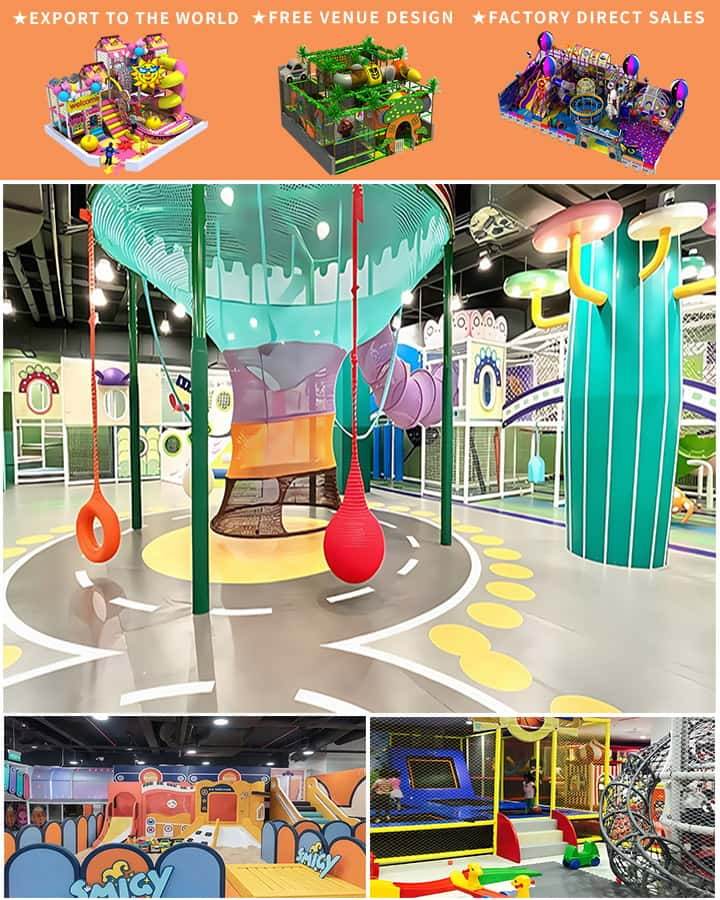In the early stages of childhood development, creating a safe and stimulating environment is crucial for fostering growth, both physically and cognitively. One significant aspect of such an environment is the presence of a soft playground designed specifically for toddlers. These play areas serve as sanctuaries where young children can explore, learn, and develop essential motor skills without the risk of severe injury.
Safety First: The Core Benefit
The primary advantage of soft playgrounds for toddlers is safety. Traditional playgrounds often feature hard surfaces like asphalt or concrete, which can lead to serious injuries if a child falls. Soft playgrounds, on the other hand, are typically made using materials like rubberized flooring, foam mats, or artificial turf with shock-absorbing properties. These materials cushion falls and minimize the risk of scrapes, bruises, and fractures, providing a safer space for young children to navigate and play.
Enhancing Motor Skills

Soft playgrounds are not just safe; they are also instrumental in developing various motor skills that are foundational for a child’s future physical activities. Structures like low slides, mini climbing walls, and balance beams encourage toddlers to practice coordination, balance, and agility. These activities strengthen their muscles and improve their overall physical capabilities, setting the stage for more advanced physical feats as they grow older.
Cognitive and Social Development
Beyond physical benefits, soft playgrounds are vital for cognitive and social development. Engaging with different play structures stimulates creativity and problem-solving skills. For instance, navigating a small obstacle course or figuring out how to climb up a ladder requires critical thinking and adaptability. Moreover, these playgrounds provide opportunities for social interaction. Children learn to share, take turns, and collaborate during group play, essential skills for building healthy social relationships.
Sensory Stimulation
Toddler playgrounds often incorporate vibrant colors, diverse textures, and engaging sounds, which are highly stimulating for young minds. This sensory richness can enhance sensory processing abilities and provide a multifaceted learning experience. Interactive features like musical instruments or textured climbing surfaces introduce new sensations that help toddlers understand and react to their environment in varied ways.
Parental Peace of Mind
For parents and caregivers, knowing that their children are playing in a safe environment brings significant peace of mind. Soft playgrounds allow adults to relax slightly, giving them the freedom to observe and engage rather than worrying about potential injuries. This comfort enables a more positive and interactive relationship between parent and child during playtime.
Conclusion
Investing in soft playgrounds for toddlers is not merely about providing a place to play but is a comprehensive approach to nurturing young minds and bodies. These spaces offer a balanced mix of safety, physical activity, cognitive challenge, and social interaction, all set within an environment tailored to meet the unique needs of toddlers. By prioritizing soft playgrounds, we lay down the foundation for healthier, happier, and more well-rounded childhood development.




